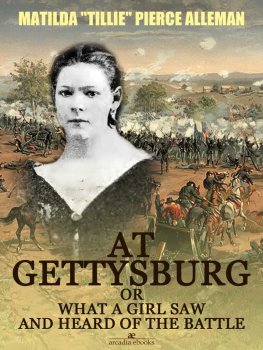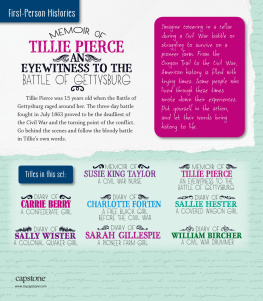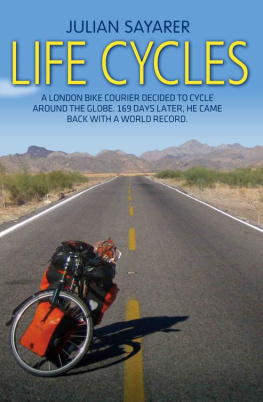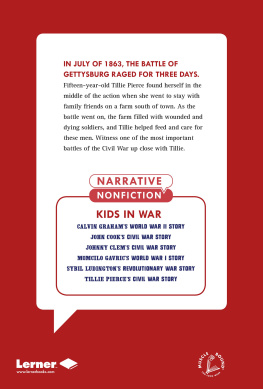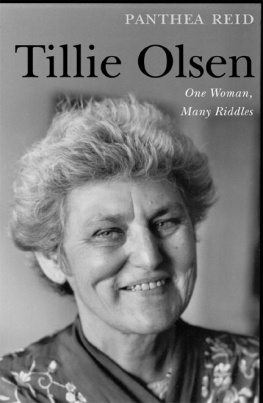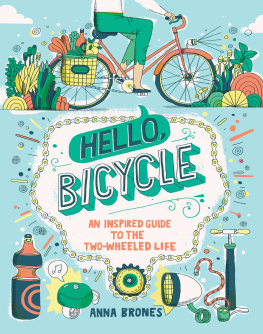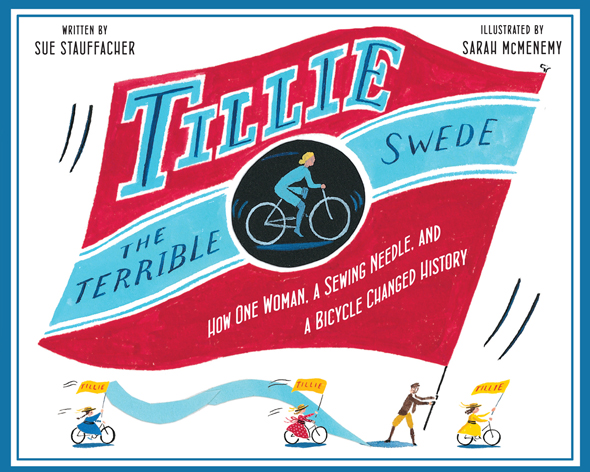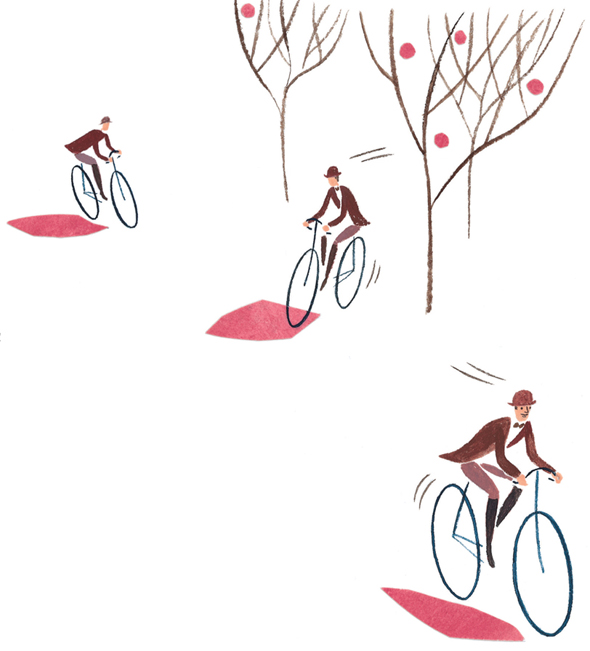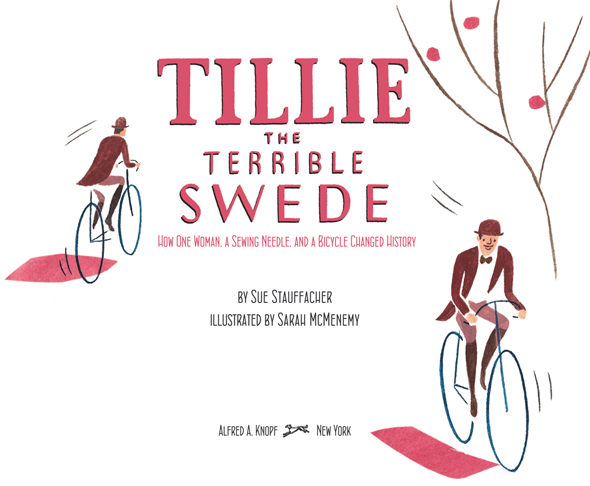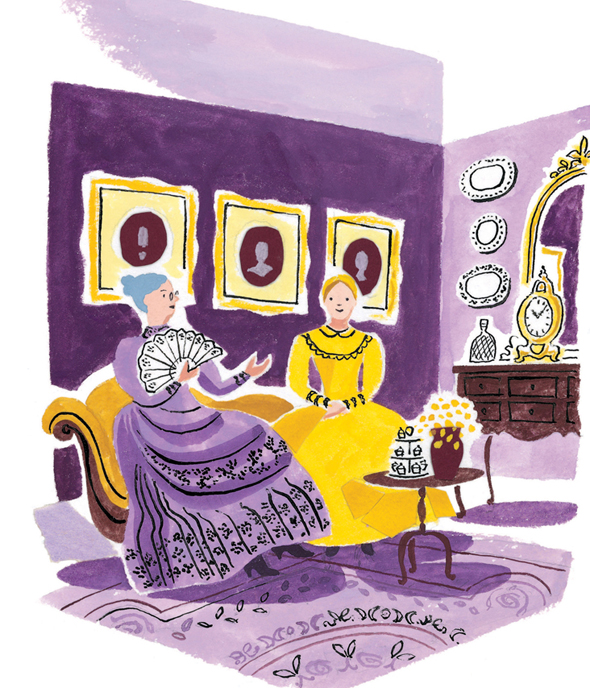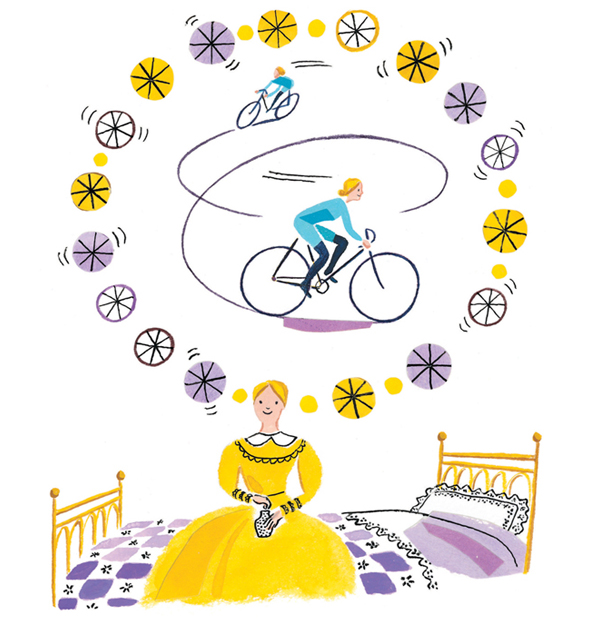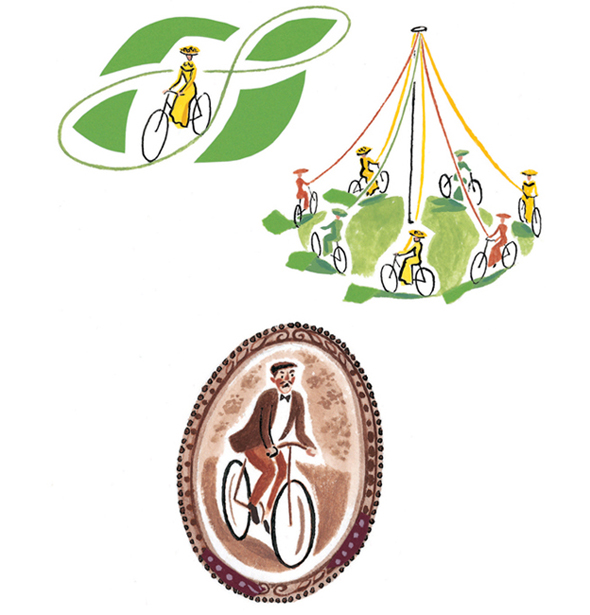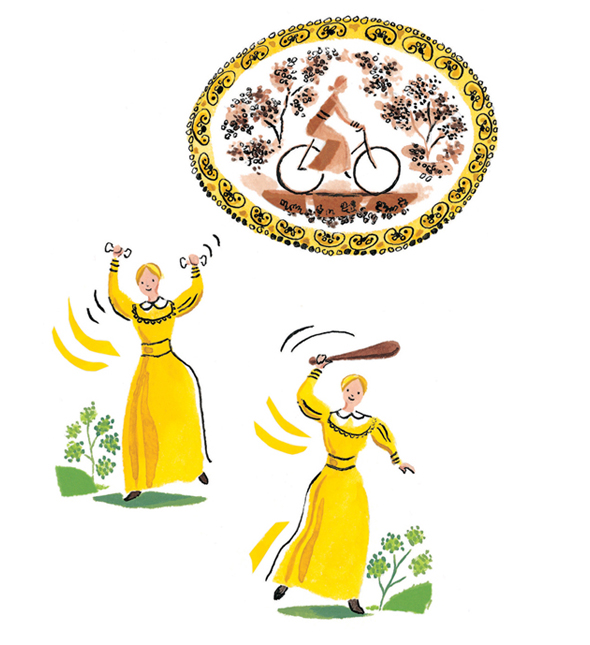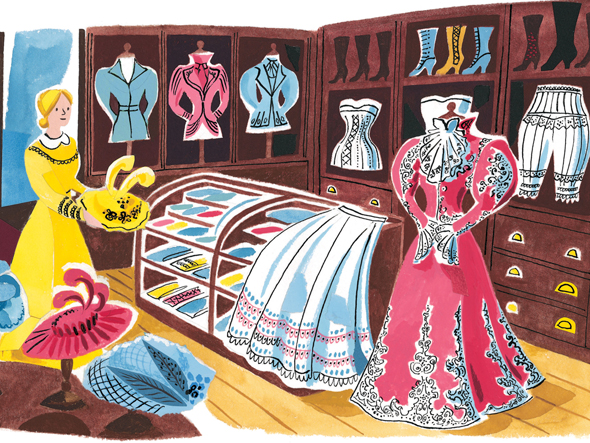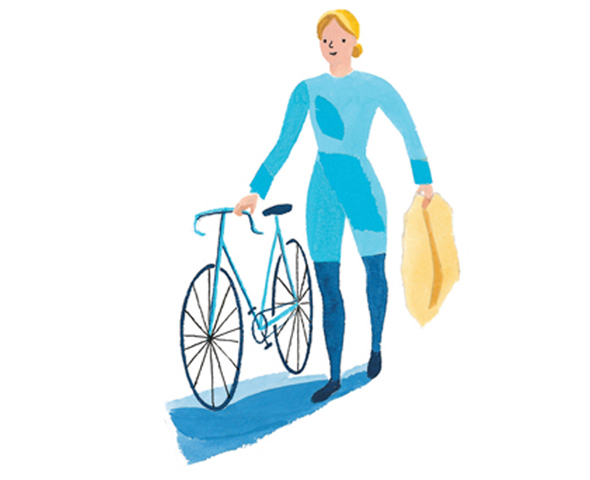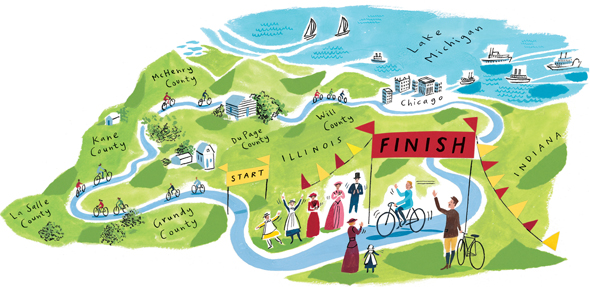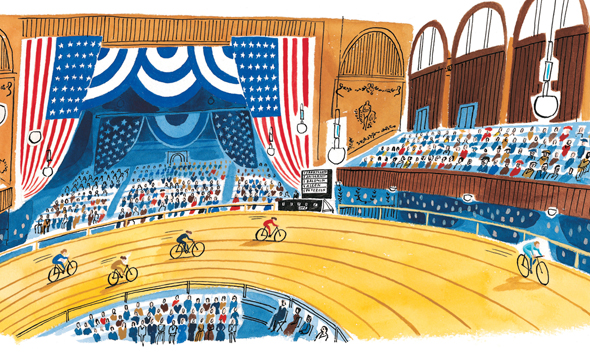Sue Stauffacher - Tillie the Terrible Swede. How One Woman, a Sewing Needle, and a Bicycle Changed History
Here you can read online Sue Stauffacher - Tillie the Terrible Swede. How One Woman, a Sewing Needle, and a Bicycle Changed History full text of the book (entire story) in english for free. Download pdf and epub, get meaning, cover and reviews about this ebook. year: 2012, publisher: Random House;Random House Childrens Books;Knopf Books for Young Readers, genre: Non-fiction. Description of the work, (preface) as well as reviews are available. Best literature library LitArk.com created for fans of good reading and offers a wide selection of genres:
Romance novel
Science fiction
Adventure
Detective
Science
History
Home and family
Prose
Art
Politics
Computer
Non-fiction
Religion
Business
Children
Humor
Choose a favorite category and find really read worthwhile books. Enjoy immersion in the world of imagination, feel the emotions of the characters or learn something new for yourself, make an fascinating discovery.

- Book:Tillie the Terrible Swede. How One Woman, a Sewing Needle, and a Bicycle Changed History
- Author:
- Publisher:Random House;Random House Childrens Books;Knopf Books for Young Readers
- Genre:
- Year:2012
- Rating:5 / 5
- Favourites:Add to favourites
- Your mark:
Tillie the Terrible Swede. How One Woman, a Sewing Needle, and a Bicycle Changed History: summary, description and annotation
We offer to read an annotation, description, summary or preface (depends on what the author of the book "Tillie the Terrible Swede. How One Woman, a Sewing Needle, and a Bicycle Changed History" wrote himself). If you haven't found the necessary information about the book — write in the comments, we will try to find it.
When Tillie Anderson came to America, all she had was a needle. So she got herself a job in a tailor shop and waited for a dream to find her. One day, a man sped by on a bicycle. She was told bicycles arent for ladies, but from then on, Tillie dreamed of riding--not graceful figure eights, but speedy, scorching, racy riding! And she knew that couldnt be done in a fancy ladys dress. . . . With arduous training and her (shocking!) new clothes, Tillie became the womens bicycle-riding champion of the world.
Sue Stauffachers lively text and Sarah McMenemys charming illustrations capture the energy of Americas bicycle craze and tell the story of one woman who wouldnt let societys expectations stop her from achieving her dream.
Sue Stauffacher: author's other books
Who wrote Tillie the Terrible Swede. How One Woman, a Sewing Needle, and a Bicycle Changed History? Find out the surname, the name of the author of the book and a list of all author's works by series.

